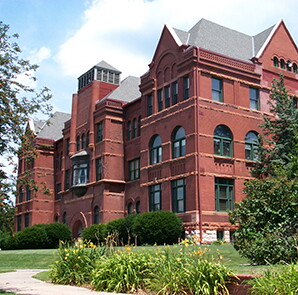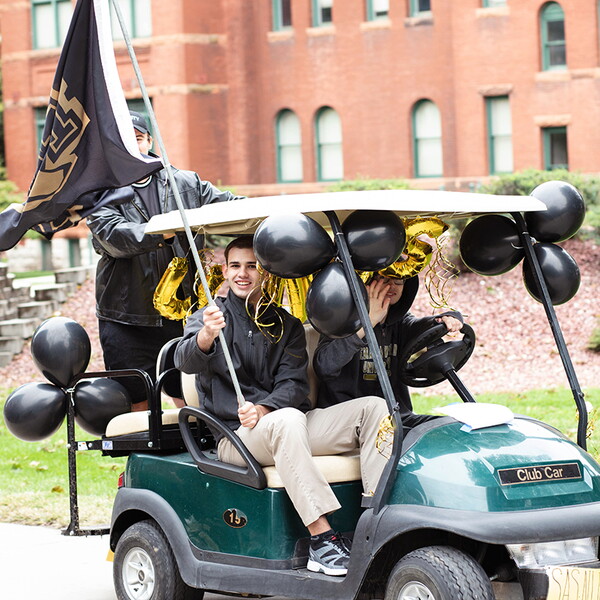Biology professor Gary Gerald was not planning to conduct research on the salamander he purchased for the university's zoology lab; he simply wanted to display a variety of organisms for students.
It was senior biochemistry major Adam Braegelman who — while observing the salamander — noticed the amphibian's decidedly unusual characteristic for this particular species: the ability to regenerate limbs.
The species of salamander Gerald purchased originates from a family of aquatic salamanders known as sirens. What differentiates sirens from other salamanders are their eel-like bodies with only two forelegs and supposed inability to regenerate limbs. Upon arrival, the siren purchased for the zoology lab was noted as having one forearm instead of two and as previous research indicated, it was likely to remain as such.
Not long after the siren's arrival to NWU, Braegelman discovered signs of digit (finger) formation and tissue remodeling on the siren, indicating the amphibian was preparing to regenerate its missing limb. Braegelman notified Gerald of his discovery, and together they watched the salamander regrow its arm over the next six months, taking weekly pictures to record the process.
Though Braegelman's and Gerald's finding is seemingly groundbreaking, they believe they are not the first to make such a discovery, but simply among the first to document it. About 40 years ago, researchers conducted a similar study to determine the existence of sirens' ability to regenerate limbs. The siren selected for observation failed to regrow a missing limb in the time predicted, and subsequently the entire species was deemed unable to regenerate, discouraging others from researching this species of salamander, said Gerald.
Nearly a year has passed since Braegelman's initial discovery and the siren (since named Prometheus) has since fully regrown its arm and appears to be fully functional. Braegelman is further immersing himself into the field of regenerative biology research. After gathering and analyzing the data gathered, Braegelman and Gerald submitted their findings to Herpetological Review, a prestigious research publication focused on amphibians and reptiles. Their work was accepted for publication early this year.
Braegelman is honored to not only have made a discovery and gained recognition for it, but to also have such opportunities available to him as an undergraduate.
"It's definitely nice to author a publication and to make my own finding,” he said. “It's really put my name on the map a bit more, and has given me more opportunities."
Braegelman’s and Gerald’s work is not done. The siren they spent nearly a year studying has finished regenerating its limb, but the student and professor are designing a follow-up study to examine limb regeneration among multiple sirens in a controlled environment.
Following his graduation in May, Braegelman will attend graduate school to study bioengineering. He said his NWU experiences have prepared him well to enter this field.
"I've shown that yes, I can do research and that I have the skill set required to do it," he said.
From Braegelman and Gerald's experience, it is evident even unplanned opportunities can be especially rewarding. Both recommend students begin seeking out opportunities early in their collegiate experience.
"Students shouldn't wait until senior year," Braegelman said. "It's beneficial to participate in research opportunities as soon as possible."
Dr. Gerald added that starting research opportunities early helps students uncover potential career paths.
"If you find something you don't like, you still have time,” said Gerald.
Story by Quinn Hullett, public relations intern.











